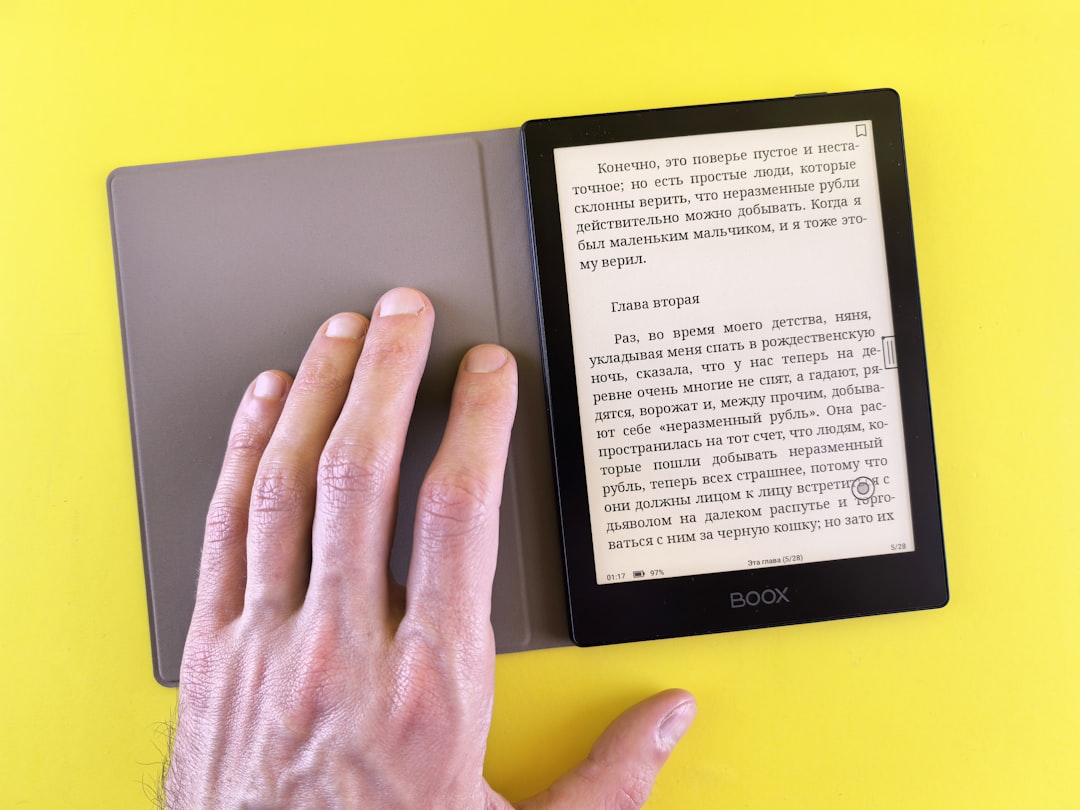In the ever-evolving landscape of social media, accessibility has become a topic of increasing concern and importance. With billions of posts shared daily across platforms like Twitter, Instagram, Facebook, and LinkedIn, ensuring that content is accessible to everyone—including individuals with visual impairments—is no longer optional. One of the most impactful yet often overlooked tools for enhancing accessibility is alt text, or alternative text. As we become more aware of the need for inclusivity in digital communication, social media alt text is more important than ever.
What Is Alt Text?
Alt text is a written description of an image that is embedded within the HTML code or entered via a platform’s interface, allowing screen readers to describe the visual element to users who cannot see it. Originally designed to improve web accessibility, alt text has become increasingly relevant in the social media realm, where visuals dominate communication strategies.
The Rise of Visual Content
Visual content is a central part of the modern social media experience. From memes and infographics to brand logos and product shots, images tell stories, sell products, and create emotional connections. However, users who rely on screen readers due to blindness, low vision, or other disabilities are often excluded from these narratives without alt text.
According to the World Health Organization, an estimated 2.2 billion people have a vision impairment globally. By ignoring alt text, content creators could be cutting off a significant portion of their potential audience.

Why Alt Text Matters More Today
In 2024, the importance of alt text on social platforms has reached new heights for several key reasons:
- Increased awareness of digital accessibility: As more organizations adopt inclusive practices, public expectations have shifted towards greater accountability and representation.
- Legal implications: Regulatory frameworks like the Americans with Disabilities Act (ADA), the European Accessibility Act, and others are expanding their interpretations to include digital content, making accessibility a legal issue for content creators and brands alike.
- Platform support: Social media giants have rolled out new tools that make adding alt text more intuitive. Instagram, for example, allows for custom alt text, while X (formerly Twitter) provides visible indicators when descriptions are included.
- AI-driven curation: With artificial intelligence influencing what users see in their feeds, alt text can also serve as an SEO-like tool that enhances visibility and reach.
The Business Case for Inclusive Media
Inclusivity is not only a matter of ethics—it’s increasingly seen as a strategic advantage. Brands that prioritize accessibility are often perceived as more trustworthy, forward-thinking, and customer-focused.
Some tangible benefits of using alt text on social media include:
- Expanded reach: Accessible content can be consumed by a broader audience, including those with disabilities.
- Improved SEO and discoverability: Although typically associated with web pages, descriptive alt text can improve visibility in some search engine and in-app algorithms.
- Stronger brand reputation: Demonstrating a commitment to inclusivity can enhance a brand’s image and foster loyalty from a diverse customer base.
Common Alt Text Pitfalls to Avoid
While adding alt text is a good start, poor execution can limit its usefulness or even create confusion. Here are some key pitfalls to avoid:
- Being too vague: Descriptions like “image” or “photo” provide no meaningful information.
- Keyword stuffing: Trying to game the algorithm by jamming in unrelated keywords can make the content incoherent for screen reader users.
- Ignoring context: Alt text should describe the image in the context of the accompanying text or post.
- Using decorative images: If an image is purely decorative and conveys no content or function, it should have a null alt attribute (
alt="") so that screen readers can skip over it.
How to Write Effective Alt Text
Creating meaningful alt text doesn’t require advanced technical knowledge, but it does demand empathy and thoughtfulness. To write effective alt text, follow these simple guidelines:
- Be concise yet descriptive: Try to convey the essential elements of the image in a brief sentence or two.
- Capture intent and emotion: If a photo is meant to evoke a feeling or illustrate a concept, that should be reflected in the description.
- Use plain language: Avoid jargon and complex phrasings to ensure clarity.
Example: Instead of writing, “Image 001.jpg,” a better alt text description would be: “Woman wearing sunglasses walking her guide dog across a busy city street.”

Alt Text Across Platforms
Different social media platforms offer various methods for adding and displaying alt text. Here’s how the top platforms are supporting it in 2024:
- Instagram: Offers native support for custom alt text. Users can tap “Advanced settings” before posting to manually enter a description.
- Facebook: Automatically generates alt text using AI but allows users to replace it with manual descriptions.
- X (Twitter): Provides a dedicated field for alt text and displays a visible “ALT” tag on images with descriptions.
- LinkedIn: Includes an option to add alt text during the image upload process for both personal and company page posts.
- TikTok and YouTube: While historically video-centric, both platforms are improving accessibility by allowing text overlays, captions, and descriptions that support visually impaired viewers.
Social Good and Responsibility
Using alt text isn’t merely a digital best practice—it is a gesture of inclusion and social responsibility. When you take the time to describe your images accurately, you send a message that everyone deserves to be part of the conversation.
This is particularly crucial for educational institutions, advocacy groups, government agencies, and nonprofits whose missions rely on widespread understanding and participation. But it’s equally important for influencers, creators, and businesses that aim to foster authentic interactions and community trust.
The Role of AI and Future Innovations
Artificial Intelligence has made strides in generating auto descriptions, and while convenient, it still falls short of the nuance and context that human-written alt text provides. Platforms may suggest descriptions, but these should always be reviewed and edited for accuracy and tone.
Looking ahead, the integration of AI with alt text could help flag missing descriptions or suggest improvements based on context and content. Still, human oversight will remain essential for crafting meaningful and respectful alt content.
Conclusion
As we continue to share more of our lives, ideas, and brands through images, the importance of accessibility cannot be overstated. Alt text is a small act with a profound impact—it can empower users, widen your reach, and promote a more inclusive digital world.
We are at a pivotal moment where awareness, technology, and business goals converge. Now more than ever, adding thoughtful alt text to your social media posts is not just good practice—it’s the right thing to do.
Let’s not allow inclusivity to be an afterthought. Let it be a cornerstone of how we communicate in the digital age.











